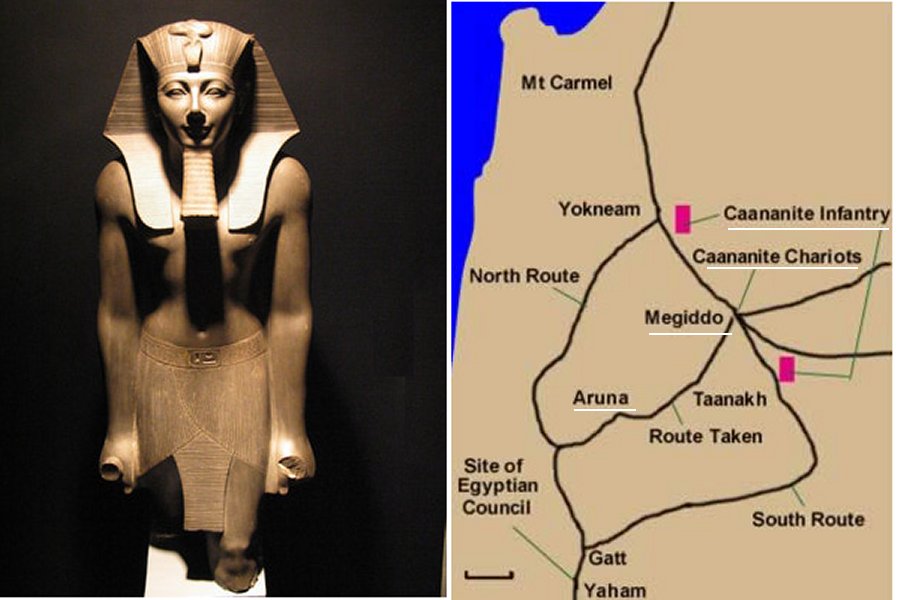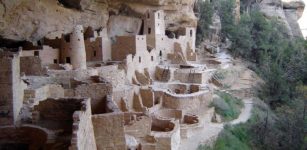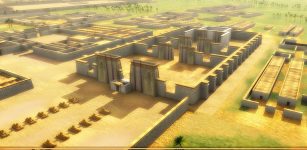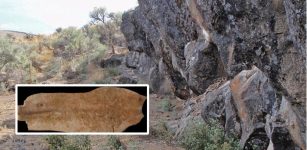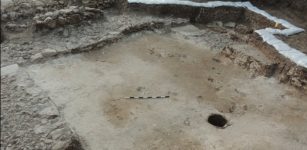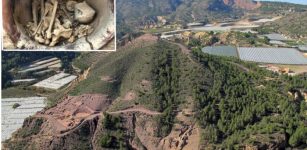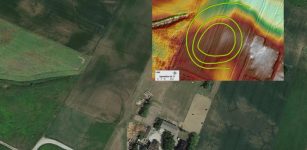On This Day In History: Battle Of Megiddo Between Thutmose III And King Of Kadesh’s Coalition – On Apr 16, 1457
AncientPages.com - On April 16, 1457, BC (other sources propose May 9), the Battle of Megiddo took place during a rebellion against Pharaoh Thutmose III.
On one side, there was a large Canaanite coalition under the King of Kadesh, and on the other side, Pharaoh Thutmose III, with approximately 10,000 men.
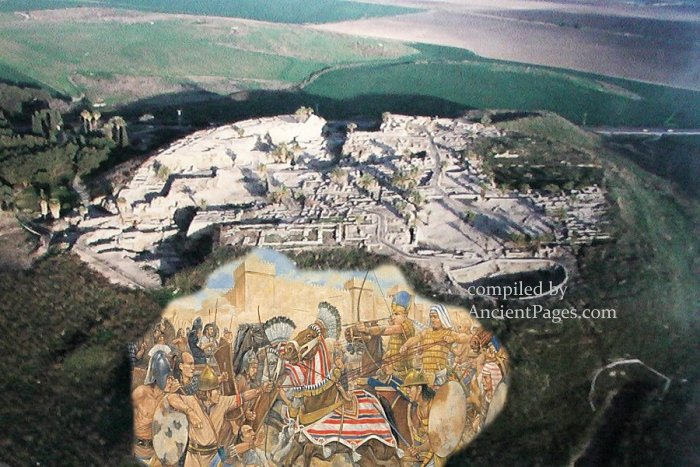 The importance of Megiddo was its geographical location along the southwestern edge of the Jezreel Valley just beyond the Mount Carmel ridge and the Mediterranean
The importance of Megiddo was its geographical location along the southwestern edge of the Jezreel Valley just beyond the Mount Carmel ridge and the Mediterranean
This battle is significant for historical records. The accounts come from Egyptian sources-primarily the hieroglyphic writings on the Hall of Annals in the Temple of Amun-Re at Karnak, Thebes (now Luxor), by the military scribe Tjaneni.
In 1457 BC, a rebellion broke out in present-day Palestine against Egyptian rule. The uprising began following Thutmose's rise to the throne and was encouraged by the King of Kadesh, the driving and leading force behind the revolt.
The Canaanites sought their independence and had strong allies, including the Mitanni, Kadesh, and Megiddo kingdoms.
The mighty fortress of Kadesh offered protection to him and the city, and the King of Megiddo, with an equally strong defense, joined the alliance. The importance of Megiddo was its geographical location along the southwestern edge of the Jezreel Valley just beyond the Mount Carmel ridge and the Mediterranean. Megiddo controlled the main trade route between Egypt and Mesopotamia from this location.
Left: Thutmosis III statue in Luxor Museum. Image credit: Chipdawes - Public Domain; Right: Location of Megiddo and fighting forces
Marching north to reassert power, Thutmose ignored his generals and decided to approach Megiddo through the narrow Aruna Valley.
Meanwhile, the King of Kadesh and the rebels, not believing the Egyptians would travel through the valley where they could easily be attacked, deployed to the east and west along more accessible roads to the city.
As the Egyptians poured out of the valley, they raced back and assumed hasty defensive positions.
The Egyptians rested during the night and disposed of their forces in three wings. The attacking Canaanites were routed and so hotly pursued that the defenders of Megiddo refused to open the gates and pulled their fleeing charioteers over the walls to safety.
Instead of attacking the city, the Egyptians began to loot the abandoned camps, which gave the Canaanites time to organize their defense.
Thutmose was forced to surround Megiddo, which fell after seven months of siege. The conquest of Megiddo and its inhabitants was a crucial historical event.
AncientPages.com
Expand for referencesReferences:

